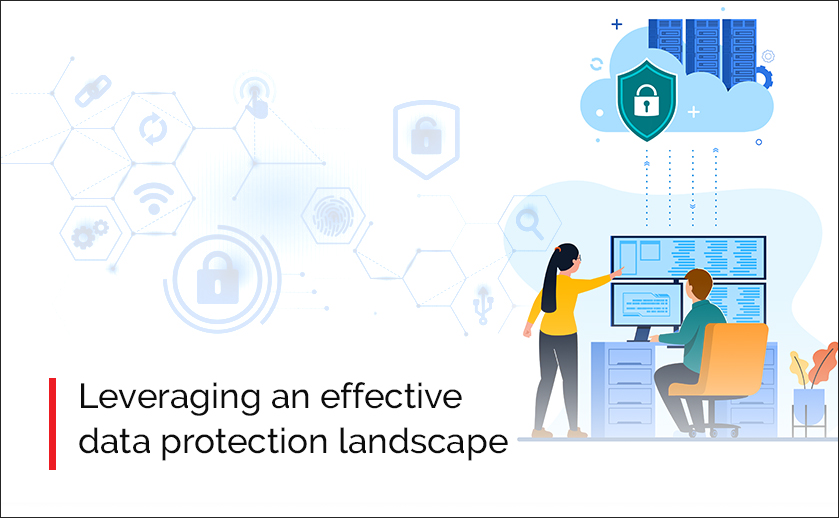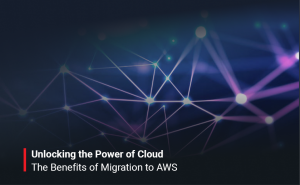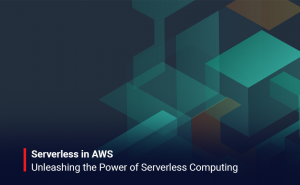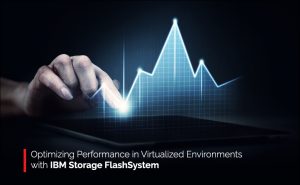Data protection solutions with IBM have evolved from functional two-way backup and restore paradigms to something far more cost-effective, multi-directional, dynamic, and resilient. Furthermore, business data protection solutions that provide organizations with insights to enable responsive agility cut right to the heart of modern data security.
IBM’s modern data protection strikes the correct balance because there is so much more to consider in today’s world when it comes to data recovery. What makes IBM’s solutions hit the mark and make the difference is the demand to handle the backup and recovery needs for exponential data growth while simultaneously arming organizations with the five foundations of modern data security for a digital transformation in today’s world.
The most often mentioned concerns for IT employees whose responsibilities include data protection were keeping up with data expansion and technology. Given these considerations, it’s no surprise that storage and operations costs were regularly listed as one of their biggest concerns.
Data protection modernization was listed among the top five most significant IT strategic requirements for businesses in 2019. With modernization comes the assumption that costs will be cut and cost savings will be achieved. IBM listened and created a modern data protection solution built on five important foundations: secure self-service, smart data reuse, hybrid cloud capabilities, and container solutions.
Data loss is one of the top worries among respondents when it comes to operational procedures, and reducing this involves maintaining critical metrics like recovery time objective (RTO) or recovery point objective (RPO). Operational challenges such as data access and compliance are frequently mentioned. When taken together, it’s fascinating to observe how these issues are intricately connected, and it can be difficult to tell where one ends and the other begins. These operational problems also highlight the importance of data security in today’s world.
Integration of data security into the “ecosystem” continues to be a difficulty, particularly in the areas of storage, databases, cloud-based applications, and cloud migration. (Cloud-related subjects are explored in greater depth in another section.) While virtualized workload management is a mature technology in the data center, it is continually changing as customers and vendors both demand improved overall integration with virtual environments.
IT leaders are always looking for ways to save costs, and the cloud’s utility consumption model is seen as a wonderful method to cut expenses for cloud-based data protection services. However, because there are many various pricing schemas and ingress, computation, and egress costs to consider, companies may get varying degrees of outcomes here as well.
Improving data portability to make it available to other parts of the company for reuse, such as in analytics or test and development, is another commonly mentioned benefit.






